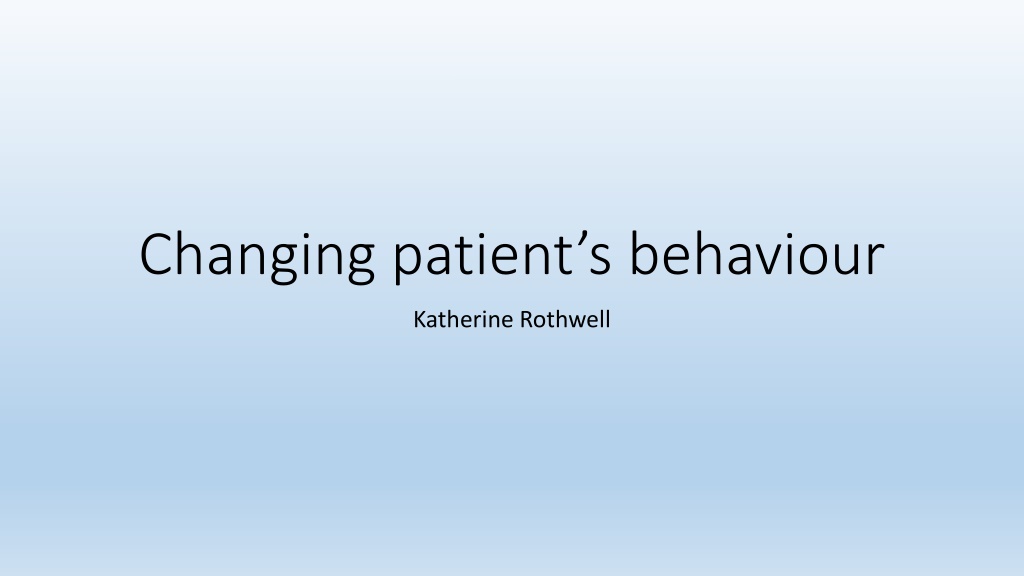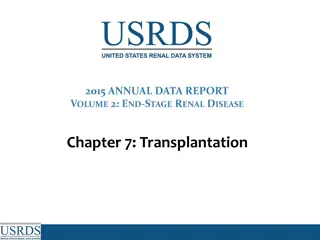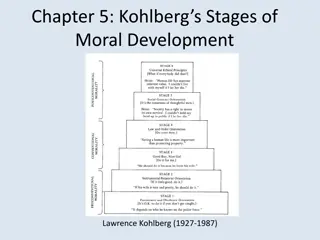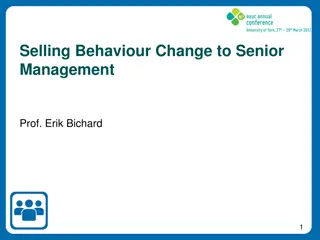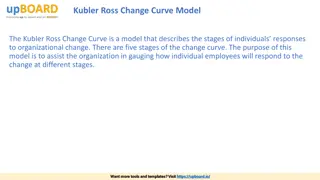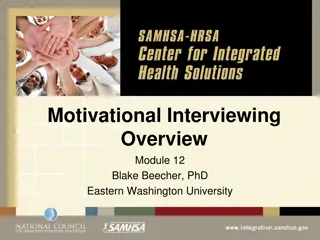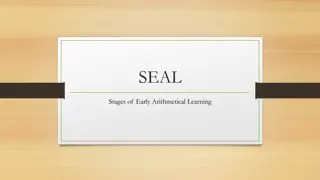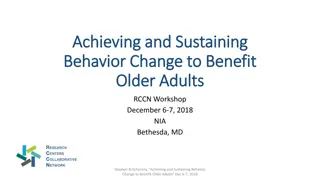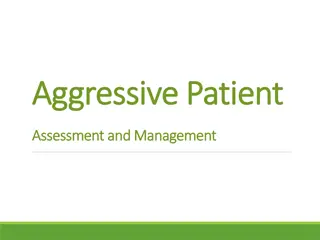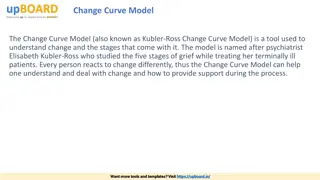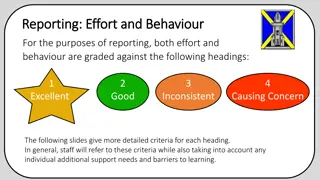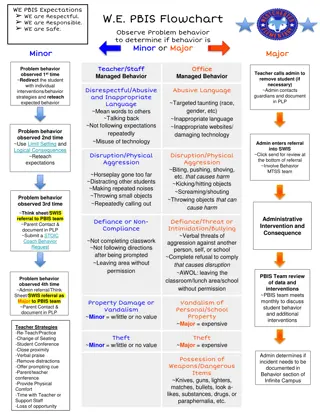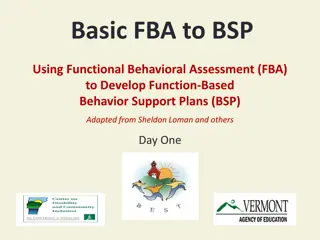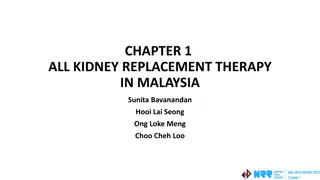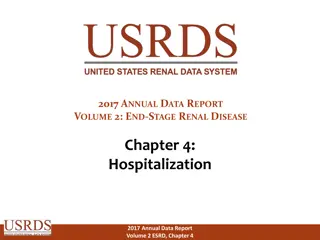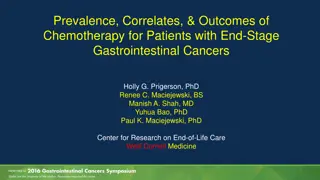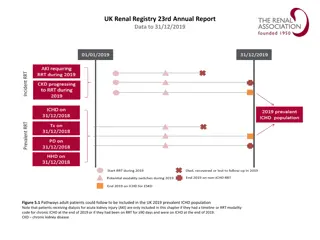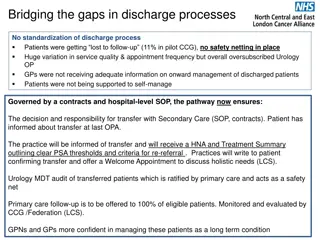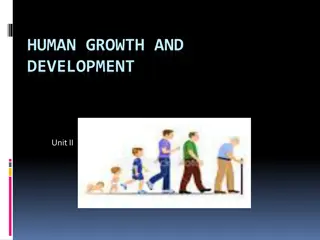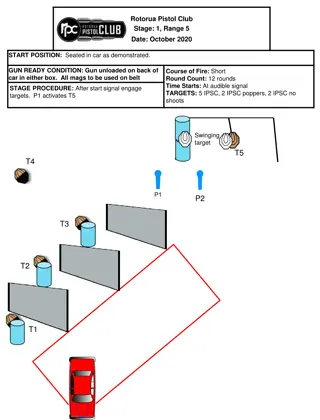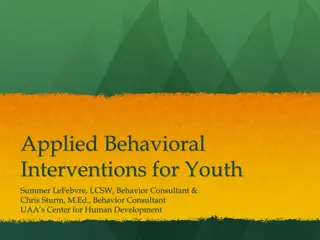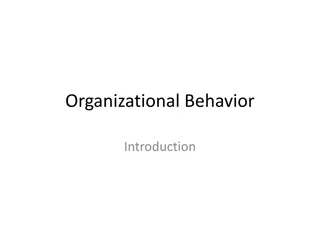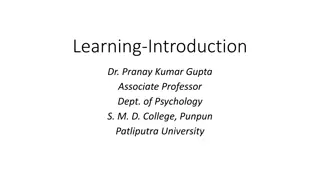Stages of Behavior Change in Patients by Katherine Rothwell
The stages people go through when changing behavior, as outlined by Katherine Rothwell, include contemplation, decision-making, active change, relapse, maintenance, and optimal recovery. Interventions are tailored to each stage to increase the likelihood of successful change, with a focus on understanding, validating, and encouraging patients in their journey towards behavior modification.
Download Presentation

Please find below an Image/Link to download the presentation.
The content on the website is provided AS IS for your information and personal use only. It may not be sold, licensed, or shared on other websites without obtaining consent from the author. Download presentation by click this link. If you encounter any issues during the download, it is possible that the publisher has removed the file from their server.
E N D
Presentation Transcript
Changing patients behaviour Katherine Rothwell
What phases do people go through when they change?
Contemplation Decision Preconception Change consolidated Patient sees no problem, but others disapprove Patient weighing up pro s and con s of changing Patient makes decision to change or stay as before Active change Optimal Recovery Putting decision into practice: needs a plan Maintenance Actively managing change
Contemplation Decision Preconception Active change Relapse Maintenance Return to previous pattern May return to any stage
Adapted from the work of:- Prochaska J.O. DiClemente & Norcross J (1992) In search of how people change: application to addictive behaviours. American Psychologist. 47:1102-14
What intervention is needed at each stage to make the change more likely to succeed?
Contemplation Decision Preconception Active change Relapse Maintenance Optimal Recovery
Preconception Preconception ignorance is bliss Help patient develop a reason for change e.g. we know smoking is bad for health Validate the patients experience e.g. can understand why patient feels that way Explain and personalise the risk Encourage further self explorations Leave the door open for further conversations
Contemplation Decision Preconception Active change Relapse Maintenance Optimal Recovery
Contemplation Contemplation sitting on the fence Validate the patients experience Clarify the patients perceptions of pros and cons of change needed Encourage more self exploration Leave door open
Contemplation Decision Preconception Active change Relapse Maintenance Optimal Recovery
Decision Decision testing the waters Praise the decision to change behaviour Prioritise behaviour change opportunities Identify and assist in problem solving re:obstacles Encourage small initial steps Encourage identification of social support
Contemplation Decision Preconception Active change Relapse Maintenance Optimal Recovery
Active Change Active Change Focus on restructuring cues and social support Bolster self efficacy for dealing with obstacles Combat feelings of loss and re-iterate long term benefits
Contemplation Decision Preconception Active change Relapse Maintenance Optimal Recovery
Maintenance Maintenance Plan for follow up support Reinforce internal rewards Discuss coping with relapse
Contemplation Decision Preconception Active change Relapse Maintenance Optimal Recovery
Relapse Relapse Evaluate trigger for relapse Reassess motivation and barriers Plan stronger coping strategies
What are some of the factors that will generally encourage change?
Factors promoting change Factors promoting change Definite advantages Achievable (can help breaking down into smaller steps) Non- threatening Has worked elsewhere Visible and measurable, has a clear end point and is set within time limits
Recognition or reward for changing The person suggesting the change is trusted No blame approach if mistakes are made Support available and asking for help positively reinforced Challenging, but support present when needed
Role plays Groups of 3 1 person doctor 1 person patient 1 giving feedback Then change 10 minutes per role play and 3 minutes for feedback
1st Role Play Doctor : Discuss stopping smoking with a patient Patient : Smoked 30 a day for 30 years play it how you want!
2nd Role Play Doctor : Discuss reducing alcohol intake. Patient : Drinks a bottle of wine a night, maybe 2 bottles a night at the weekend. Drinks to relax as has a stressful job.
3rd Role Play Doctor : Discuss lifestyle changes in a patient with high cholesterol and CVD risk 15% Patient : BMI 32, doesn t exercise, eats chips, pies and takeouts, lives on own, reluctant to change
